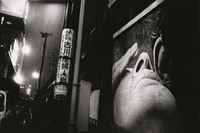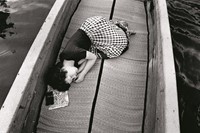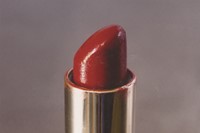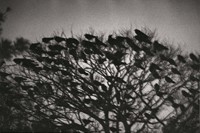A new tome aims to expand the hitherto oversimplified reading of contemporary Japanese photography in the West
A new tome by art historian Lena Fritsch, curator of modern and contemporary art at the Ashmolean Museum, is one of the first overviews of contemporary Japanese photography to be published in English. Ravens & Red Lipstick takes its title from two particular works presented in the book – Fukase Masahisa’s melancholic black and white photographs of ravens and Ishiuchi Miyako’s photographs of the lipsticks that her mother left behind after her death – in a bid to exemplify the diversity and scope of the medium’s heritage in Japan. It’s an overarching aim of the whole book, in which this vast and luscious collection serves to dismantle the typically oversimplified representation of the country’s photographic output as documented in the West.
“The Japanese term for photography, shashin, is composed of the characters sha, meaning ‘to reproduce’ or ‘to copy’, and shin for ‘truth’,” writes Fritsch. “Artists Shiba Kōkan and Satake Shōzan used the word to describe the realism of ‘Western’ art but in the late 1860s it became associated with photography. The characters illustrate the way photography was viewed: as the process of ‘making a copy’ of a ‘true’ subject.” As such, this visual feast runs the gamut of interpretations of the camera as truth-teller, spanning a wide-felt need to document the trauma of postwar life after the Hiroshima and Nagasaki bombings and, by the 90s, a female adoption of the camera as a tool with which to explore self-identification and gender within Japanese subcultures. From the first photographers approaching the field with an artistic approach, to the medium’s more recent acceptance as a fully fledged art form and the resulting abstract works, the book works as an ode to the country’s relationship with one of the 20th-century’s greatest technological game changers.
Interviews with Araki Nobuyoshi, Tokyo Rumando, Yoneda Tomoko and ‘girls’ photographers Hiromix, Nagashima Yurie and Ninagawa Mika conducted and translated by Fritsch offer a glimpse behind the lens. Here, an extract from Fritsch’s interview with photographer Moriyama Daidō (the Japanese arrangement of names – surname followed by first name – is used here), outlines his fascination with the camera as copier.
Lena Fritsch: Cities and urban landscapes are an important motif in your work, Tokyo and particularly Shinjuku. Could you tell me what you like best about the city in photography, what is ‘the city’ to you?
Moriyama Daidō: The city really fascinates me. It comes into existence through so many things, not just people. It is a place that carries and shows the desires of many people, and of particular times. For me, as a photographer, it is something that just needs to be photographed. As a child, I did not enjoy going to school or to study, and I was not good at making friends either. But I have always enjoyed wandering around the city by myself. So I have always liked the city. Even now, I find it fascinating to wander around various cities. In a city, there is always something going on. It is alive. Tokyo – and Shinjuku in particular – is an urban stadium of human desires. A city is a theatre, school, everything. And with my work, I think I create my own city: a city of my own interests, desires and memories.
LF: Speaking of photographs of the city, do you go out and take photographs almost every day?
MD: I’m very busy with various pieces of work, so it is difficult to take a large number of photographs every day. But I try to take photographs for one or two hours every day, if possible.
LF: Photography is really part of your everyday life.
MD: I just try to take as many photographs as possible of the time in which I have lived, since I was born. Photographs become records of my time and perhaps they connect with the time of the world as well. I don’t want to overemphasize the word, but personal ‘records’ can at times link with world ‘records’ as well. I seek to take as many photographs as possible, so each additional photograph counts. There is no time to be thinking about meanings and to be making selections. The basics of my photography have not changed; people often say that they can’t tell if my photographs were taken a long time ago or just yesterday.
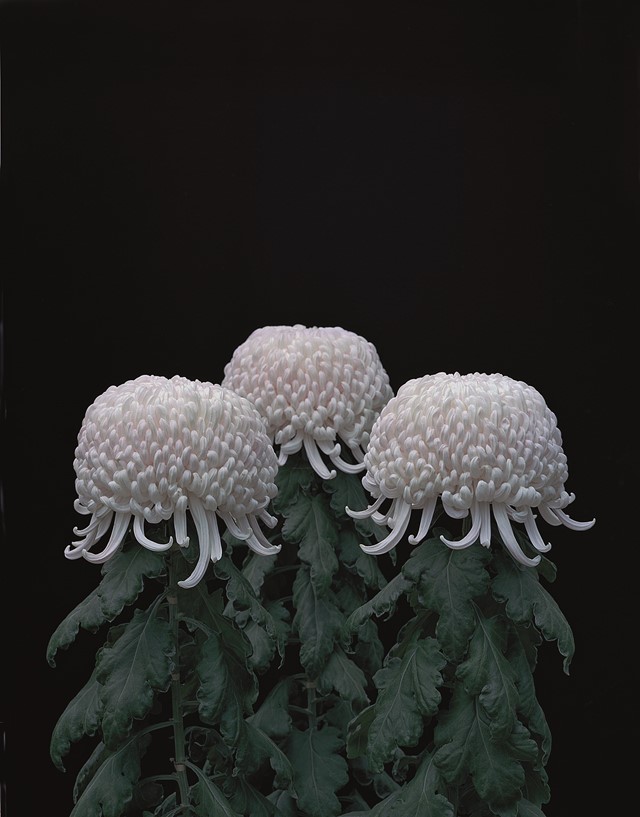
LF: That shows that you really have your own particular photography – it is great!
MD: I want to think that I have taken photographs of everywhere that I have been to and that I have seen; every place and every corner of the city, even if it is not really possible.
LF: When you create a photobook, how do you select the works and compile them?
MD: When I make a new photobook, I basically let the editor decide. There is no story and I don’t take my photographs according to any strict concept. It does not matter how my books begin and how they end. If I did all this work myself, my own style would come through. When I was young I wanted to do it all myself, but then I realized that it does not make any sense – it is better to let many eyes work on it. I just make the final adjustments.
When looking at my photobooks, I see what I thought about photography at the time, what I paid attention to and what attracted me. That is interesting. My photobooks usually show the works that I have taken over a particular period of time, six months or so. I like to present my photographs right after I have taken them, when they are still contemporary. Whether the photographs are good or bad is a different question but in the end, my photobooks will represent my life. Photography as a ‘life line’ – I find that an interesting thought.
LF: What do you like best about the medium of photography?
MD: I like the fact that photography can create photocopies. No other medium has such great potential as a thorough photocopy machine. Film might also be a world of photocopying, but it is different… Also, photography has the potential to disconnect time. To me these two factors are its most attractive characteristics.
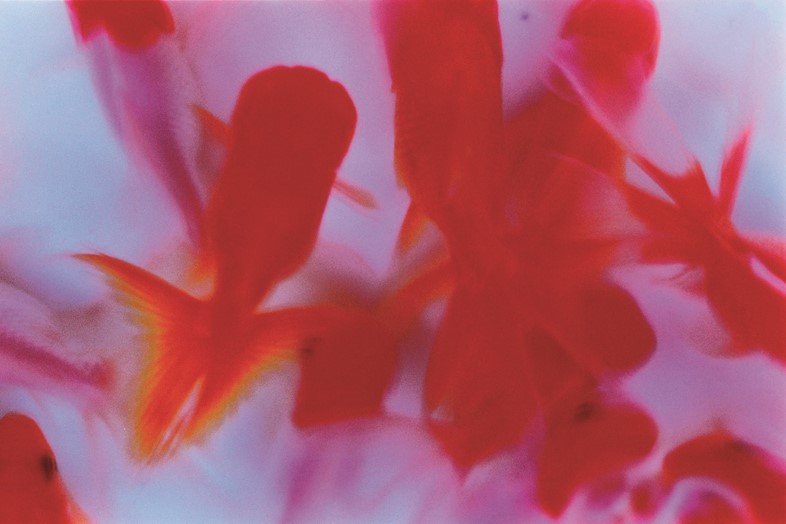
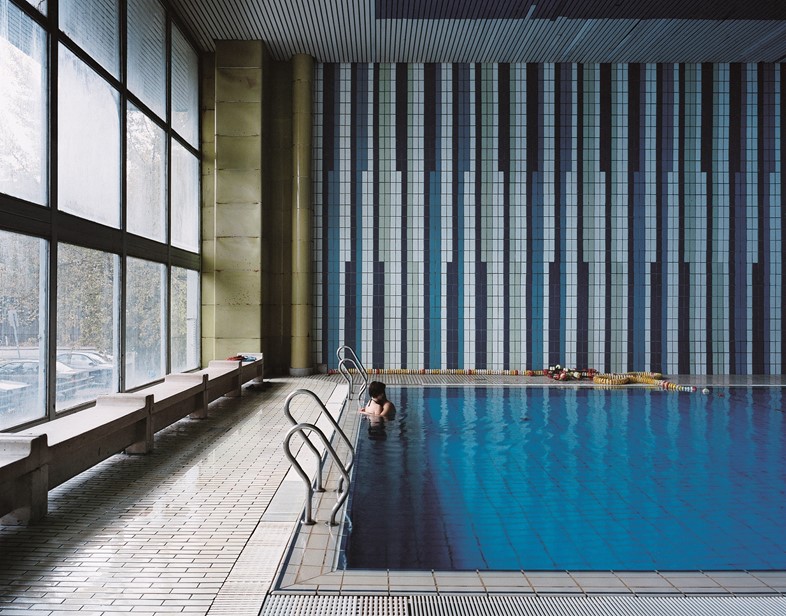
Ravens and Red Lipstick: Japanese Photography since 1945 is out now, published by Thames & Hudson.

